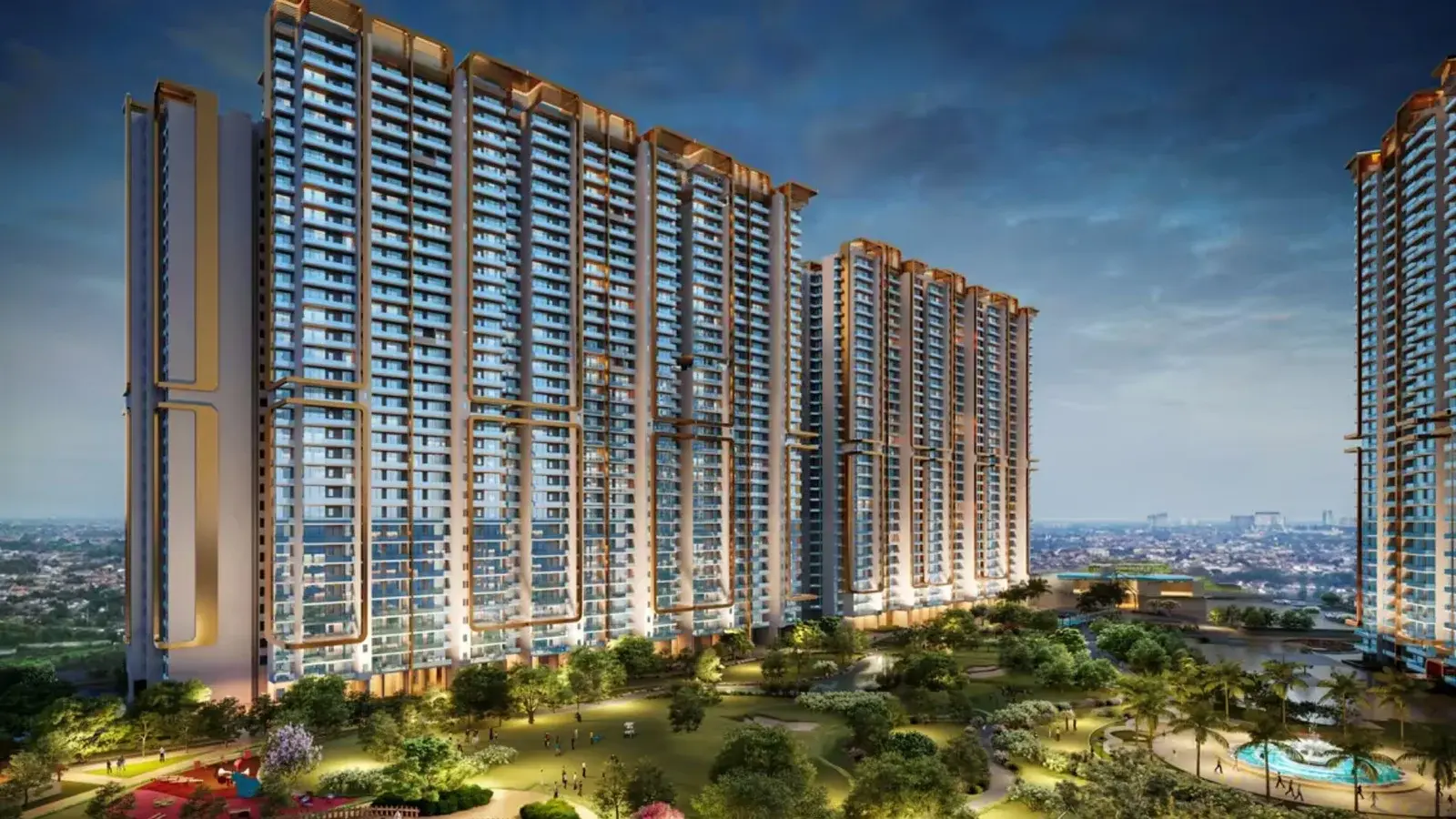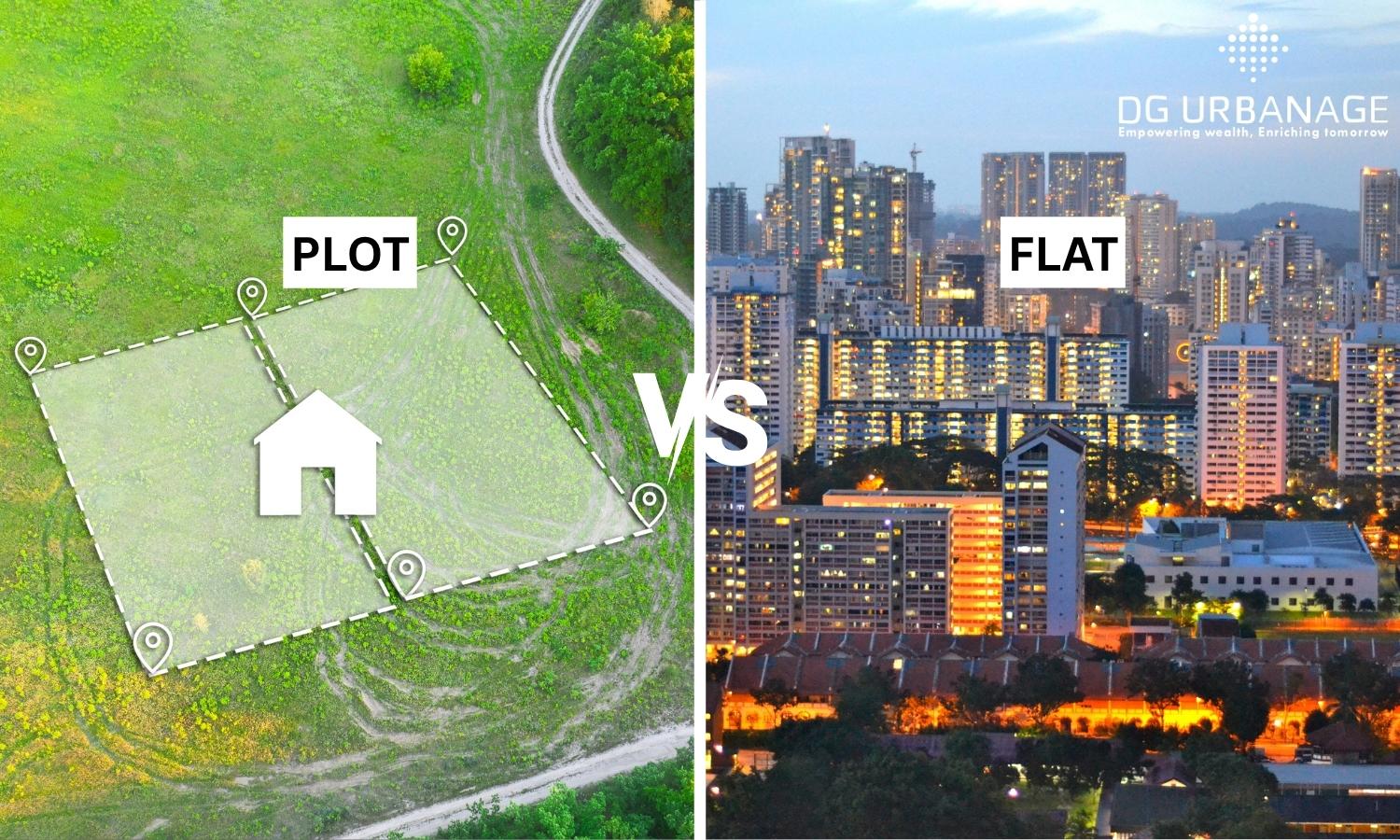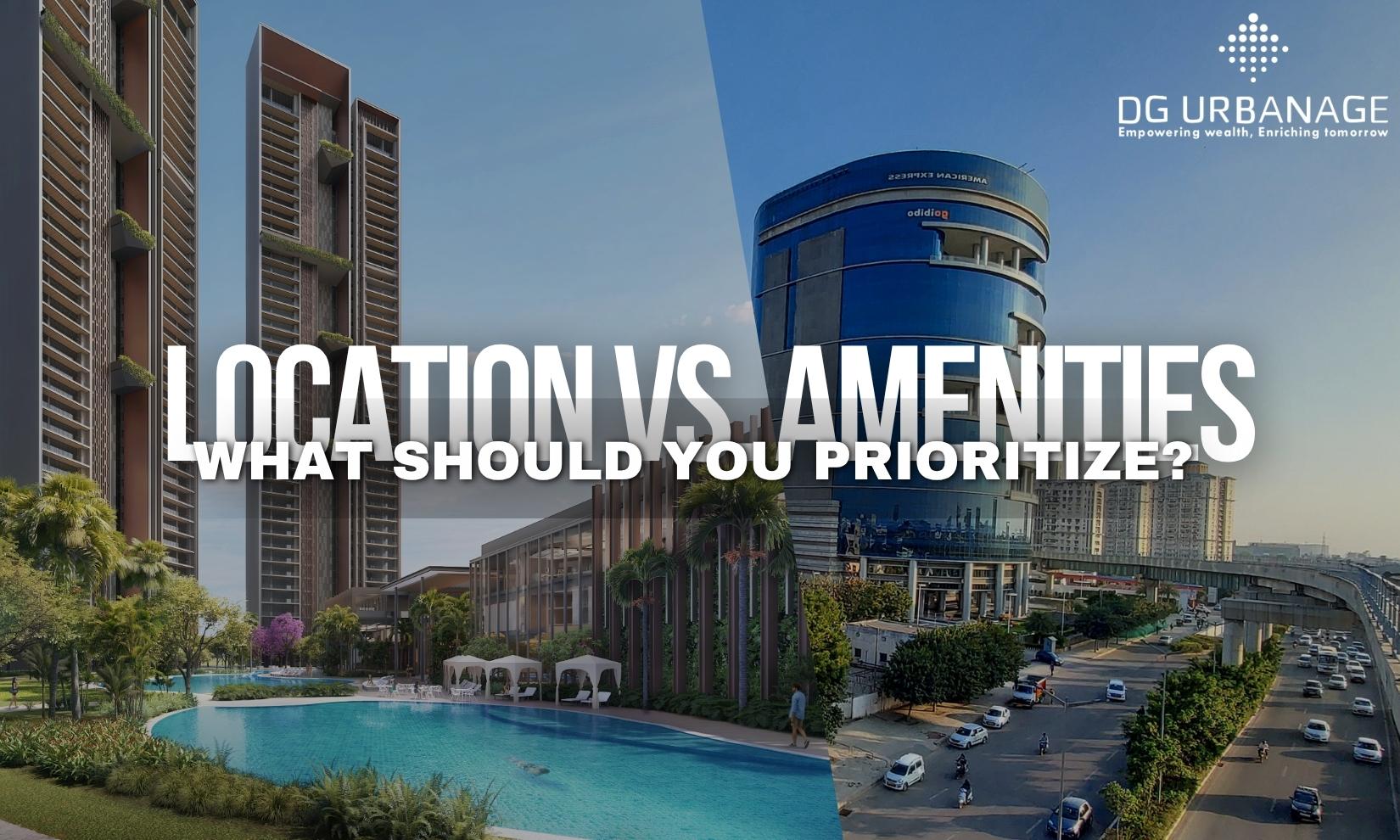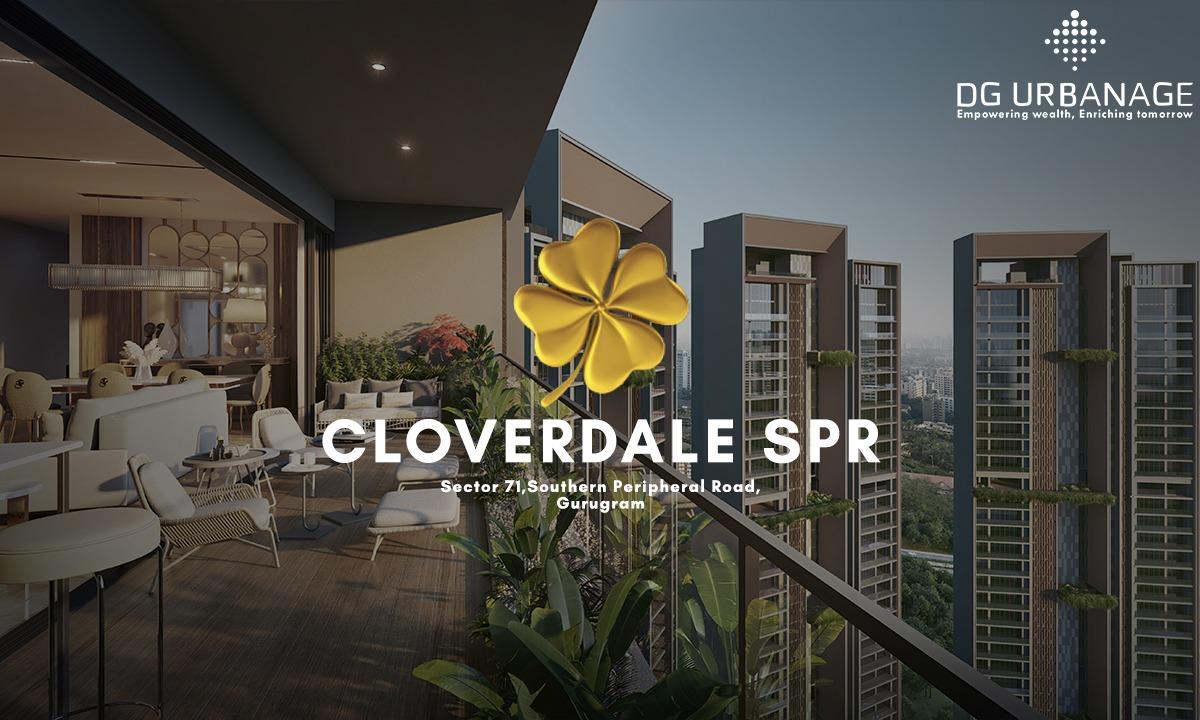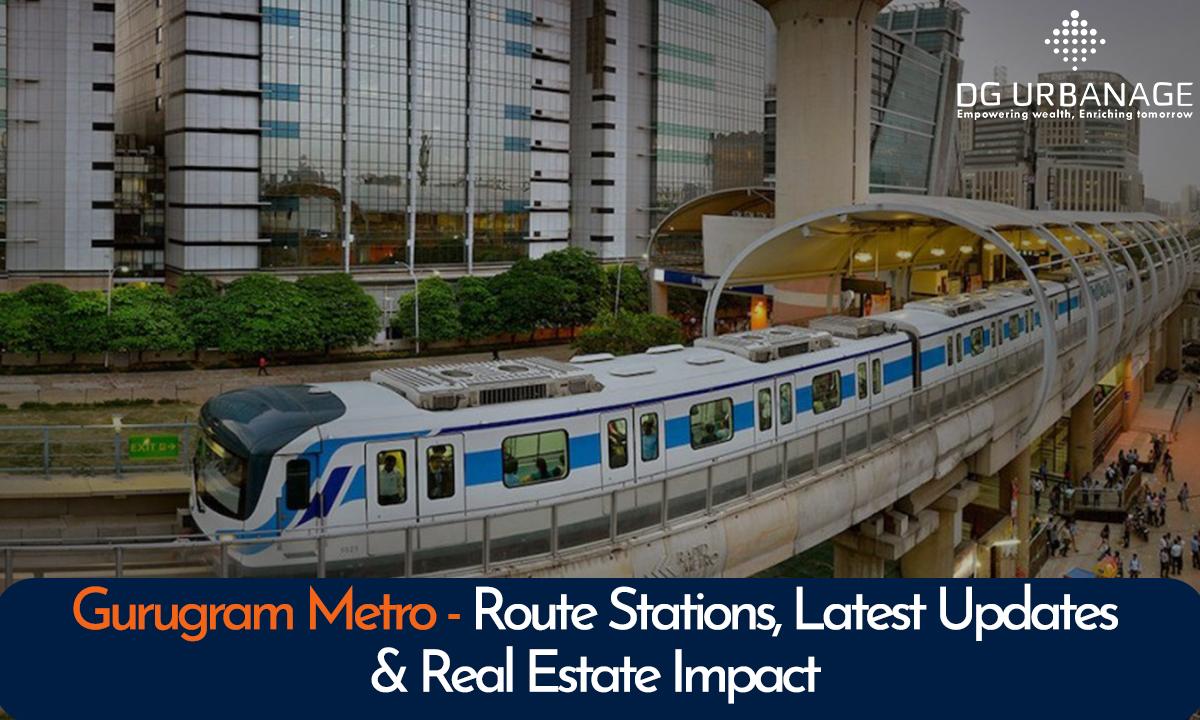
Gurgaon Metro | Gurugram Metro — Route Stations, Latest updates & Real Estate Impact
Gurugram is all set for a major transformation as the much-awaited metro expansion kicks off on May 1, 2025. With an investment of ₹5,452.72 crore, the new 28.5 km stretch will add 27 stations, connecting Millennium City Centre, Old Gurugram, and Cyber City.
Once completed, it’s expected to make life easier for over 5.4 lakh daily commuters. With faster trains (up to 80 km/h) and advanced CBTC technology, getting around the city will be smoother. The plan also includes new flyovers and underpasses to reduce traffic jams.
The metro isn’t just good news for commuters—it’s also boosting real estate. Property prices along the Dwarka Expressway, SPR, and New Gurugram have already increased by 29% in 2024, and they’re likely to rise even more as the project progresses.
The target completion date is 2029, and once done, this project will play a big role in making Gurugram an even stronger economic hub.
About Gurugram Metro
Gurugram is growing fast, and with that growth comes the need for better ways to get around. That’s where the new Gurugram Metro comes in. It’s set to change the way people move through the city, offering a cleaner, faster, and more convenient option for daily travel. Beyond just helping commuters, this metro line is expected to ease traffic, connect key areas more smoothly, and give the local economy a strong push. Here’s a quick look at what this exciting project is all about:
Total Length:
The new metro line will stretch 28.5 km and connect major residential, commercial, and industrial areas, making it easier for everyone to get around the city.
Number of Stations:
The corridor will feature 27 stations, including one depot, strategically placed to serve commuters across different parts of Gurugram.
Type of Line:
This will be an elevated metro line equipped with modern infrastructure and technology, ensuring a smooth, safe, and comfortable ride. Stations will be designed with contemporary amenities to meet the needs of daily passengers.
Start and End Points:
The line will begin at HUDA City Centre and end at Cyber City—two of the city's busiest hubs—making it especially convenient for office-goers and business travellers.
Expected Completion:
Construction is set to begin soon, with operations expected to start by 2029. Once complete, the metro will dramatically improve how people move around the city.
Project Cost:
The metro line comes with an estimated cost of ₹5,452.72 crore (as per The Economic Times), reflecting the scale and ambition of this major infrastructure project.
Current Status:
The project has received official approval from the Cabinet, paving the way for construction to kick off in the coming months.
Ownership and Management:
The Gurugram Metro Rail Limited (GMRL) will oversee the development, operation, and maintenance of the metro system, ensuring its long-term efficiency and reliability.
The Significance of the Gurugram Metro
The Gurugram Metro is more than just a new way to get around—it’s a big step toward solving some of the city’s most pressing challenges. With traffic jams becoming a daily struggle and limited public transport options, the metro offers a much-needed, reliable alternative. It’s expected to take a big load off the roads, helping to cut down on congestion, reduce pollution, and improve the city’s air quality.
But the impact goes beyond just commuting. Better connectivity across residential and commercial hubs means more opportunities for businesses, easier access for talent, and a boost for local economies. In short, the metro isn't just about getting from one place to another—it’s about driving growth, attracting investment, and making Gurugram a smarter, more livable city.
Investment Breakdown for the Gurugram Metro Project
The total estimated cost for the Gurugram Metro project stands at a significant ₹5,452.72 crore, reflecting the large-scale investment required to make this crucial infrastructure a reality. Here's how the funding is split between different stakeholders:
1. Government of India
The central government is contributing around ₹896.19 crore to the project, showing its commitment to improving urban mobility and boosting regional connectivity.
2. Government of Haryana
The Haryana state government is pitching in with a share of ₹1,432.49 crore. This investment highlights the state’s recognition of the metro’s potential to ease traffic woes and support long-term economic growth.
3. Haryana Urban Development Body
The Haryana Urban Development Body is investing ₹300 crore into the project, underscoring its focus on infrastructure development to improve the overall quality of life for the people of Gurugram.
4. Public-Private Partnerships (PPP)
In a collaborative effort, ₹135.47 crore will come from Public-Private Partnerships (PPPs), particularly for essential components like lifts and elevators. This partnership approach helps speed up the project’s implementation.
5. Pass-Through Assistance Loans
A major chunk of the funding, around ₹2,688.57 crore, comes through pass-through assistance loans. These loans are key in filling the funding gap and ensuring the project stays on track for timely completion.
A Guide To The Gurugram Metro Stations And Route Map
The new Gurugram Metro line—from HUDA City Centre to Cyber City—is set to make daily travel easier with 27 well-planned stations along the route. These stations have been strategically placed to serve key residential, commercial, and office areas across the city, keeping the needs of daily commuters in mind.
Here’s the full list of approved metro stations you can expect to see along this much-anticipated route:
-
HUDA City Centre
-
Sector 45, Gurugram
-
Cyber Park
-
Sector 47, Gurugram
-
Subhash Chowk
-
Sector 48, Gurugram
-
Sector 72A, Gurugram
-
Hero Honda Chowk
-
Udyog Vihar Phase 6
-
Sector 10, Gurugram
-
Sector 37, Gurugram
-
Basai Village
-
Sector 9, Gurugram
-
Sector 7, Gurugram
-
Sector 4, Gurugram
-
Sector 5, Gurugram
-
Ashok Vihar
-
Sector 3, Gurugram
-
Bajghera Road
-
Palam Vihar Extension
-
Palam Vihar
-
Sector 23A, Gurugram
-
Sector 22, Gurugram
-
Udyog Vihar Phase 4
-
Udyog Vihar Phase 5
-
Cyber City
-
Dwarka Expressway (Sector 101)
From busy office hubs and residential neighborhoods to industrial areas and fast-growing parts of the city, these Gurugram Metro stations are thoughtfully placed to make commuting smoother and improve connectivity for everyone across Gurugram.
Gurugram Metro's Role In Connecting Old And New Regions
The newly approved Gurugram Metro line is set to connect some of the city’s most important destinations while also bridging the gap between its older and newer areas. This enhanced connectivity will bring a major boost to the historically slower-growing Old Gurugram, which has never had direct metro access until now.
Stations in Old Gurugram
The metro will serve several key stations in Old Gurugram, such as Udyog Vihar Phase 6, Sector 10, Sector 37, Basai Village, Sector 9, Sector 7, Sector 4, Sector 5, Ashok Vihar, Sector 3, Bajghera Road, Palam Vihar Extension, Palam Vihar, Sector 23A, Sector 22, Udyog Vihar Phase 4, and Udyog Vihar Phase 5. These stations will connect residential, commercial, and industrial zones, making travel in the area much more convenient.
Stations in New Gurugram
On the other side, stations in New Gurugram—like Huda City Center, Sector 45, Cyber Park, Sector 47, Subhash Chowk, Sector 48, Sector 72A, and Hero Honda Chowk—will provide easy access to the growing urban centers, commercial hotspots, and new residential developments. These stations are designed to meet the needs of both residents and businesses in the rapidly expanding parts of the city.
By linking the two vibrant halves of Gurugram, the Gurugram Metro is set to drive economic growth, promote social cohesion, and accelerate urban development across the city. The new metro line will unlock the potential of both Old Gurugram and New Gurugram, making it easier for residents and visitors to access key destinations, including employment hubs, educational institutions, healthcare facilities, and recreational spots.
The metro's enhanced connectivity will not only improve daily commutes but also help reduce traffic congestion, lower pollution levels, and ultimately boost the overall quality of life for everyone in the city. Commuters will enjoy a faster, more convenient way to get around, while businesses along the metro corridors can expect increased footfall and a boost in economic activity, contributing to a thriving, sustainable urban environment.
Gurugram Metro’s Impact on Real Estate: Key Localities Seeing a Surge
The launch of the Gurugram Metro is doing more than easing commutes—it's sparking a real estate boom across the city. Improved connectivity, faster access to business hubs, and growing infrastructure are making several localities more attractive for homebuyers, investors, and developers. Here’s a look at some of the emerging real estate hotspots:
Sector 45 – Metro-Driven Property Demand
Located near the HUDA City Centre metro station, Sector 45 is seeing a noticeable rise in property demand. Its easy access to commercial hubs, schools, and healthcare facilities is drawing attention from both families and investors.
Sector 47 – Residential Growth Near Cyber Park
With the Cyber Park metro station close by, Sector 47 has become a prime residential area. Enhanced metro connectivity has pushed up property values, encouraged new projects, and increased demand from working professionals.
Sector 48 – Rising Property Prices at Subhash Chowk
Located near the Subhash Chowk metro station, Sector 48 is gaining popularity among real estate investors and end-users alike. The metro access is driving interest in both residential and commercial properties, leading to a steady increase in property prices.
Sector 72A – A Booming Residential Hub
Located near the Sector 72A metro station, this area is seeing a significant rise in property demand. Homebuyers are drawn to its well-planned infrastructure and easy access to transportation hubs, making it a top choice for those looking for both convenience and quality living.
Hero Honda Chowk – A Thriving Real Estate Destination
With the new metro station at Hero Honda Chowk, this locality is witnessing a major uptick in both residential and commercial developments. Investors are capitalising on the increasing demand for properties with metro connectivity, making it a hotspot for growth.
Udyog Vihar – Industrial Hub Getting a Metro Makeover
As a key industrial and commercial area, Udyog Vihar is transforming with the introduction of metro connectivity. The metro stations at Udyog Vihar Phase 4 and Phase 5 are expected to increase demand for office spaces and commercial properties, further boosting their real estate appeal.
Palam Vihar – A Resurgent Residential Area
Nearby Palam Vihar Extension and Palam Vihar metro stations, this locality is seeing a resurgence in real estate activity. The metro connectivity is attracting homebuyers seeking well-connected residential areas with easy access to the city’s main hubs.
Sector 23A and Sector 22 – Emerging Residential Hotspots
Located close to metro stations along the Dwarka Expressway, Sector 23A and Sector 22 are experiencing a growing demand for residential properties. With metro access improving connectivity, these areas are fast becoming sought-after locations for homebuyers.
Conclusion
The upcoming Gurugram Metro expansion is poised to be a game-changer for both commuters and real estate in the city. With enhanced connectivity, faster travel times, and modern infrastructure, this project will not only ease daily commutes but also catalyze growth in key residential and commercial areas. As property prices along the metro corridors continue to rise, investors and homebuyers alike are seeing the potential for high returns. With the completion of the metro set for 2029, Gurugram is on track to become an even more vibrant, accessible, and economically dynamic hub. This transformation will make it easier to navigate the city, drive local growth, and improve the quality of life for residents, contributing to a smarter, more sustainable urban future.

